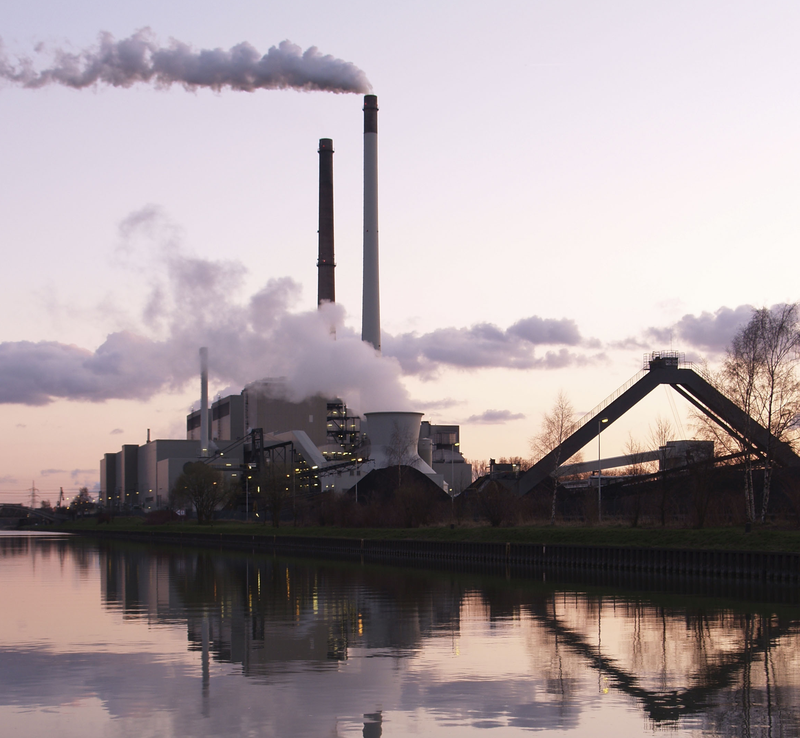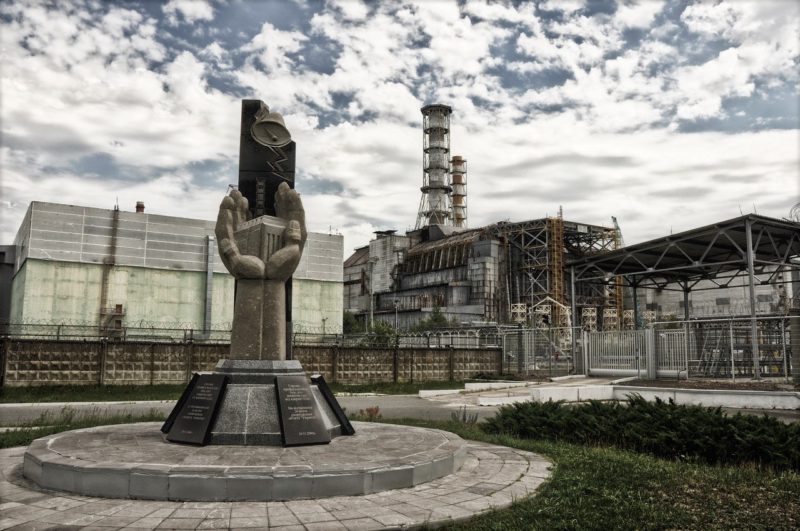What is a Carbon Tax?
A carbon tax is one of the two major market-based mechanisms used to price carbon emissions. Carbon-based taxation is a form of carbon pricing that is applied to fossil fuels in order to curb their overall emissions. The purpose of a carbon tax is to internalize the external cost of GHG emissions and make the economy accountable for the social costs of its actions. These taxes are used by government to discourage the use of fossil fuels, change consumer behavior and encourage the transition to a cleaner economy.
A carbon tax places a price on each tonne of CO2 emitted. The amount of CO2 emitted when a given unit of fuel is burned is dependent on the chemical composition, and more specifically the carbon content of the fuel. As the carbon content of every type of fossil fuel is known, a tax can be levied that reflects the proportion of GHGs that different fuels emit into the atmosphere.
Why a Carbon Tax?
Carbon is currently not accounted for as a cost in production. This means that industry actors do not need to actively monitor and limit their CO2 output. Governments, businesses and consumers all emit carbon dioxide and other greenhouse gases by burning fossil fuels. When greenhouse gases are burned they release CO2 that remains resident in the Earth’s atmosphere, trapping heat and warming the globe. The build up of these emissions can have devastating environmental consequences for the climate and ecosystems.
To curb the destabilizing effects of these fuels, a rapid reduction in carbon emissions is essential. Carbon-based taxation is a cost-effective instrument that can be used to limit the use of these fuels. By establishing a price for carbon, business and consumers are encouraged to explore low-carbon options to minimize costs.
How is the Tax Distributed?
A carbon tax applies to the use and purchase of fuels within a given territory. The tax is paid ‘upstream’, meaning the cost of the tax is equally felt along the stream of commerce. Industry suppliers pass along the tax to distributors and then to consumers if the market allows. In theory, a carbon tax is supposed to be revenue-neutral. This means that revenue generated by pricing carbon is not retained by the government, but returned to citizens through tax cuts and credits. In this scheme there should be no no overall increase in tax burden for citizens.
What is its Effect?
By placing a price on carbon, consumers and producers are encouraged to reduce their carbon dioxide emissions through ‘substitution and innovation’. According to the World Bank, a carbon tax “sends a price signal that gradually causes a market response across an entire economy, creating incentives for emitters to shift to less greenhouse-gas intensive ways of production and ultimately resulting in reduced emissions.”
When actors encounter carbon-based taxation they are inclined to “reduce carbon use or energy efficiency, switch to lower-energy strategies, innovate, or offset.” This has an effect on both production and consumption, effecting variables from the location of a business and the materials it uses to an individual’s choice of vehicles or appliances. Industries and consumers respond to price changes. By pricing carbon, governments encourage businesses and households to seek out low-carbon options and adopt more energy efficient sources in the long-term.
Is There an Alternative?
A cap-and trade system is another method that can be used to control carbon pollution. In this system, the federal government establishes a cap on the level of CO2 emissions that firms can produce and allocates emission permits based on the cap. This cap creates a carbon market, within which firms can buy or sell unused carbon permits to cover excess. In this scheme, emitters have the option to either reduce emissions to decrease relative costs or pay for the ability to exceed the cap.
This system not only ensures that emissions are reduced but also encourages firms to explore cleaner options to reduce costs. The cap-and-trade system has been used in the European Union, in Ireland and Sweden, and in the US.
Proposed Canadian Laws on Energy Regulation
In 2008, British Columbia was the first North American government to implement a carbon tax. The tax prices carbon at $30/tonne and is projected to reduce BC emission by 30 million tonnes annually by 2020. In 2013, Quebec entered into the cap-and-trade market and imposed a cap on firms that emit 25,000 tonnes of CO2 or more annually. Ontario has announced its intention to begin trading in the same carbon market next year. In November 2015, Canada’s largest emitter, Alberta, announced that it would begin applying a $20/tonne price on carbon, that will rise to $30/tonne in 2018.
Earlier this month, Prime Minister Trudeau announced a Pan-Canadian national ‘floor price’ on carbon. The federal plan will begin to price carbon at $10 a tonne in 2018 and increase the price by increments of $10 each year until reaching $50 per tonne in 2022. Within the new framework, provincial governments will have the ability to choose the carbon pricing mechanism that they deem suitable, either cap-and-trade or carbon tax. The federal plan will be imposed on all provinces that do not have an existing carbon pricing scheme. All revenue collected from the tax will be returned to its jurisdiction of origin.
Photo: Coal power plant in Datteln (Germany) (2006), by Arnold Paul via wikimedia. CC BY-SA 3.0.
Disclaimer: Any views or opinions expressed in articles are solely those of the authors and do not necessarily represent the views of the NATO Association of Canada.



